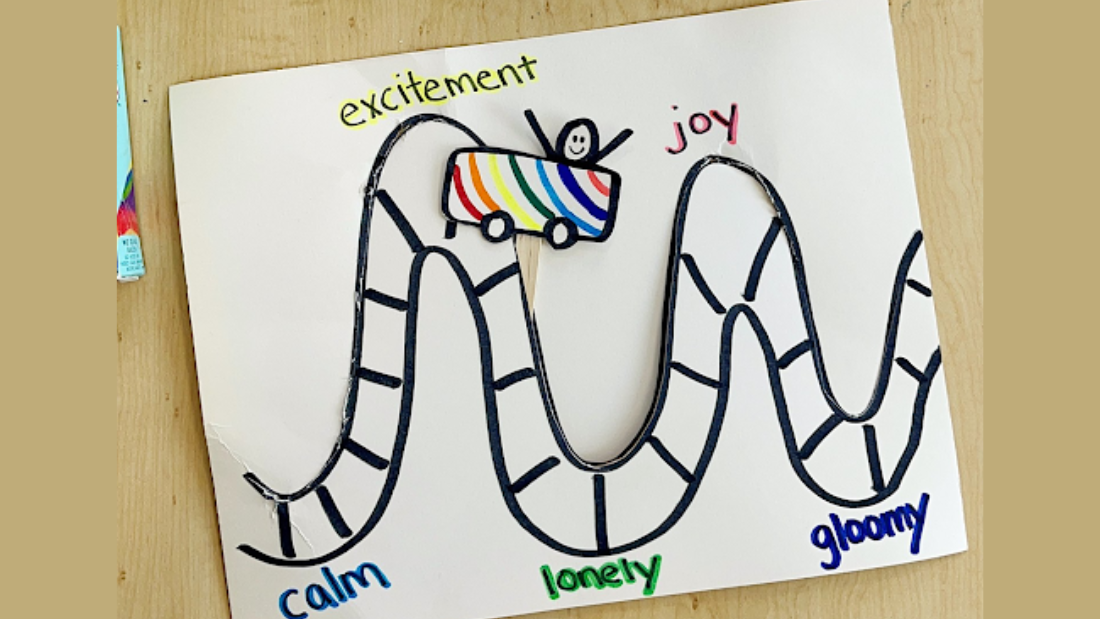Navigating the turbulent waters of childhood emotions can be a challenging journey for parents. Children experience feelings with an intensity that can often take caregivers by surprise. The key to helping children manage these big emotions lies in understanding emotional triggers and guiding them toward self-regulation strategies—without feeling overwhelmed themselves.
Recognizing emotional triggers is the first step in this vital process. Parents can observe patterns in their child’s behavior, noting specific situations or events that tend to provoke strong reactions. For example, a child might become upset when sharing toys with a sibling or when faced with a sudden change in routine. By paying close attention, parents can begin to identify these triggers, allowing them to anticipate and address emotional outbursts before they escalate.
Once triggers are recognized, it is essential for parents to model appropriate emotional responses. Rather than reacting impulsively, taking a calm and thoughtful approach can make a world of difference. When a child sees a parent managing their own emotions constructively, it reinforces the idea that feelings are valid and manageable. Discussing feelings openly can create a safe space for children to express themselves, paving the way for healthy emotional development.
Teaching self-regulation strategies is equally important. Simple techniques can empower children to handle their emotions effectively. For instance, deep breathing exercises can serve as a calming tool when a child feels overwhelmed. Encouraging kids to count to ten or visualize a peaceful scene can divert their focus from distressing feelings. Parents can also introduce the concept of a “feelings check-in,” where children assess their emotions throughout the day and learn to articulate them.
Establishing a routine is another effective strategy. Consistent schedules provide a sense of security, helping children gradually learn to manage their feelings more adeptly. Incorporating downtime and free play into their daily lives fosters resilience, allowing children to process emotions in a constructive manner.
Ultimately, helping children navigate their emotional landscapes is an ongoing journey. By recognizing emotional triggers and employing self-regulation strategies with patience and love, parents can equip their children with the tools needed to manage big emotions. In doing so, they not only foster emotional intelligence but also nurture relationships built on trust, understanding, and compassion.


Leave A Comment